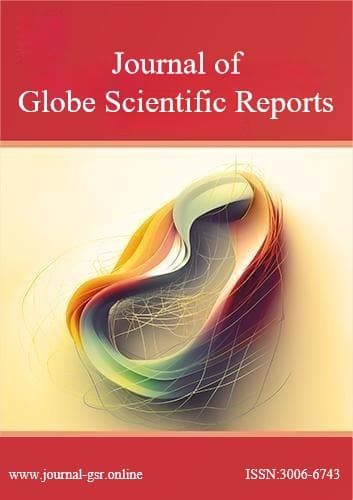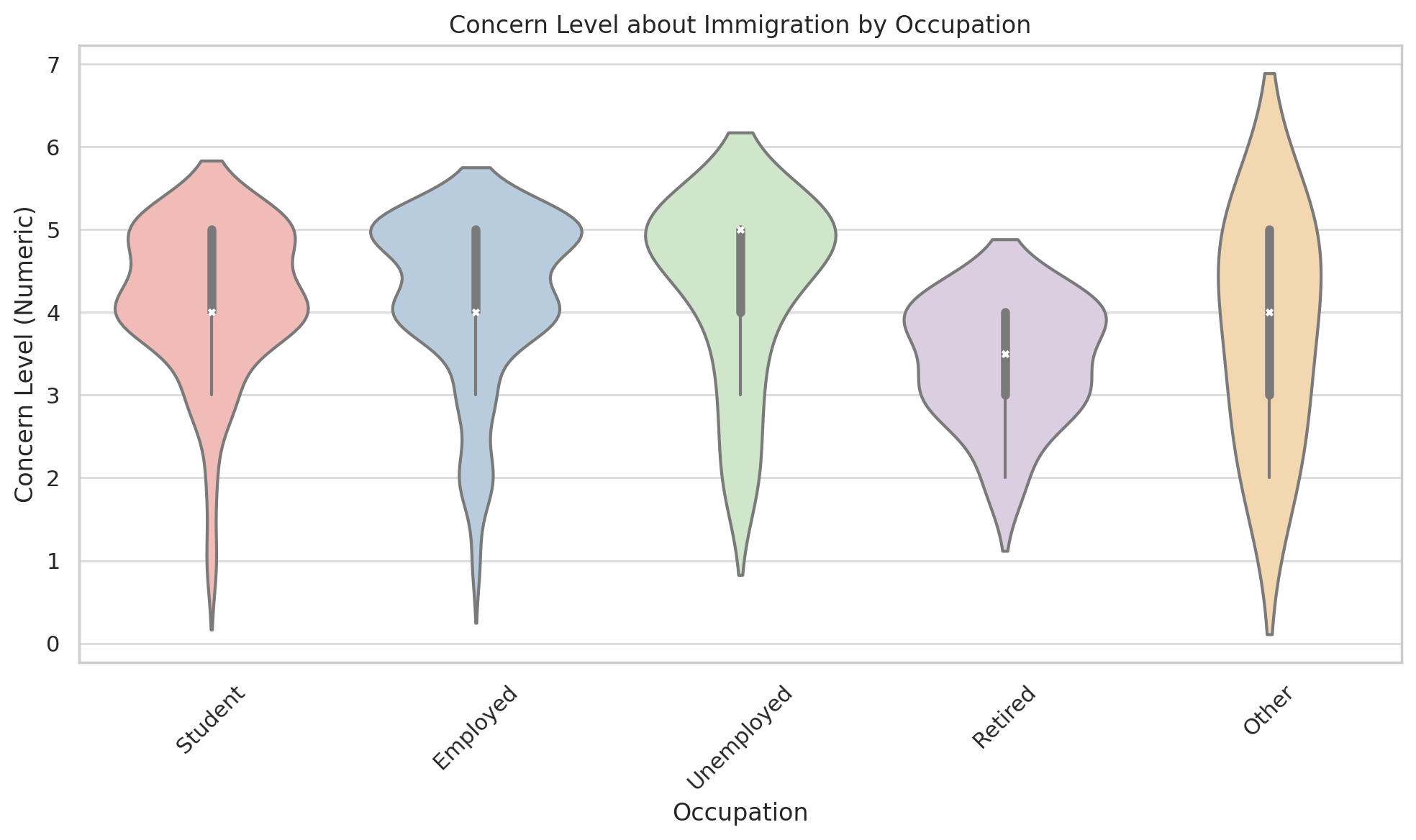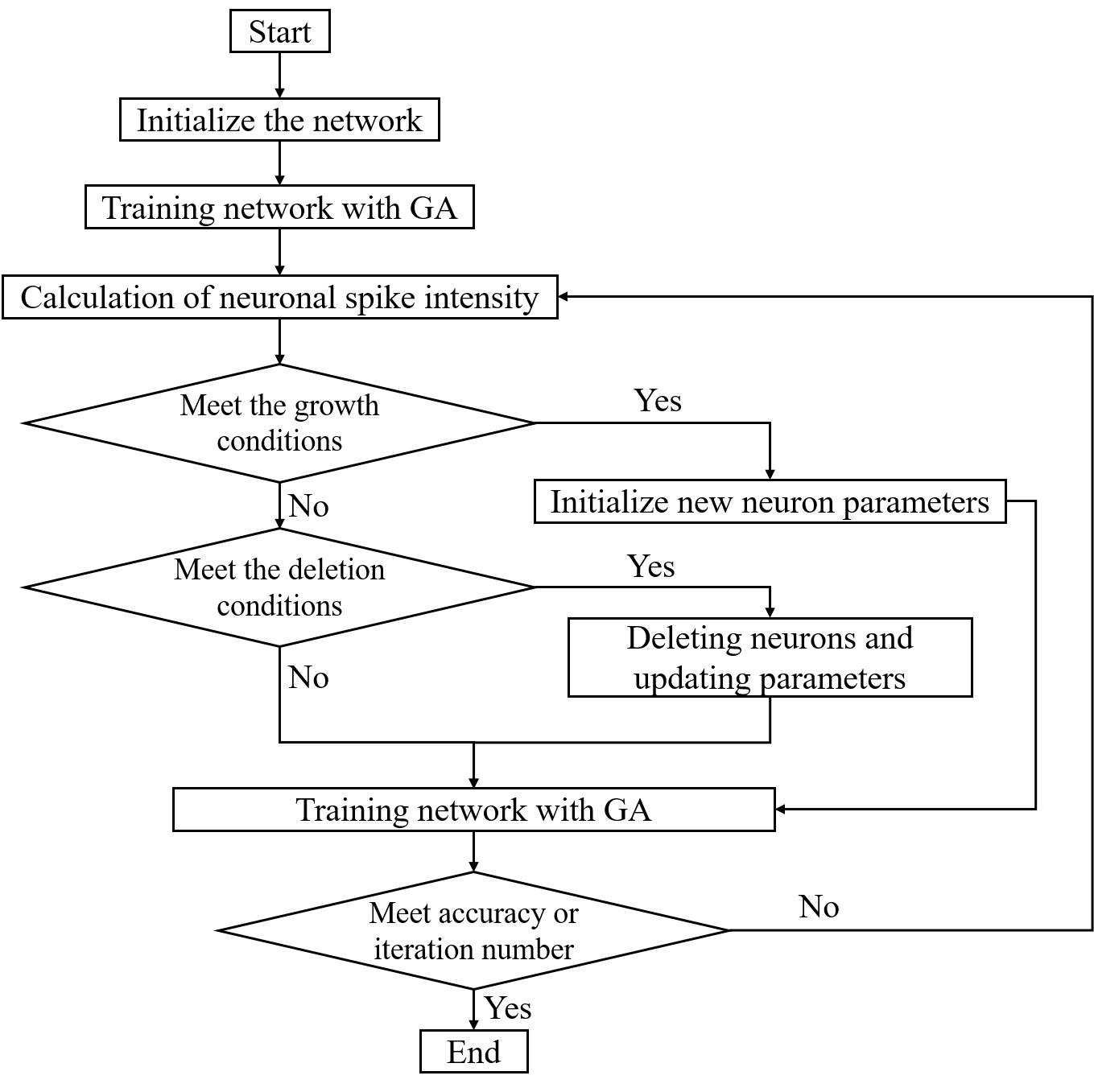 An open access journal
An open access journal
Effect of different protein levels in diets on the quality of yak meat based on electronic nose and sensory evaluation
Abstract
This study investigates the impact of varying protein levels in yak diets on the sensory quality and volatile profiles of yak meat. The experiment utilized electronic nose technology to analyze volatile organic compounds (VOCs) in meat samples, alongside sensory evaluation to assess attributes like color, texture, and odor. Three groups of yaks were fed diets with low (12%), medium (14%), and high (16%) protein levels. The results indicated that the low-protein group scored highest in terms of sensory attributes, particularly color and texture, while the medium-protein group had the lowest scores. The high-protein group had higher odor scores but presented drier meat with less fat content. Electronic nose analysis revealed significant differences in the volatile odors associated with different protein levels, particularly aromatic alkanes, inorganic sulfur compounds, and long-chain alkanes. The study highlights how dietary protein levels influence both the sensory quality and volatile composition of yak meat, providing insights into improving meat production processes for better market competitiveness.
Share and Cite
Article Metrics
References
- Ma, J., Shah, A. M., Wang, Z., Hu, R., Zou, H., Wang, X., ... & Kong, X. (2020). Comparing the gastrointestinal barrier function between growth-retarded and normal yaks on the Qinghai-Tibetan Plateau. PeerJ, 8, e9851.
- Luo, X. L., Tong, Z. B., Wei, Y. P., & Zhao, X. Q. (2006). Meat characteristics of Qinghai yak and semi‐wild yak. Animal Science Journal, 77(2), 230-234.
- Mohamed, R. R., Yaacob, R., Mohamed, M. A., Dir, T. A. T., & Rahim, F. A. (2018). Food freshness using electronic nose and its classification method: A review. International Journal of Engineering & Technology, 7(3.28), 49-53.
- 6058-6083.Ghasemi-Varnamkhasti, M., Mohtasebi, S. S., Siadat, M., & Balasubramanian, S. (2009). Meat quality assessment by electronic nose (machine olfaction technology). Sensors, 9(8), 6058-6083.
- Munekata, P. E., Finardi, S., de Souza, C. K., Meinert, C., Pateiro, M., Hoffmann, T. G., ... & Lorenzo, J. M. (2023). Applications of electronic nose, electronic eye and electronic tongue in quality, safety and shelf life of meat and meat products: A review. Sensors, 23(2), 672.
- Górska-Horczyczak, E., Guzek, D., Molęda, Z., Wojtasik-Kalinowska, I., Brodowska, M., & Wierzbicka, A. (2016). Applications of electronic noses in meat analysis. Food Science and Technology (Campinas), 36(3), 389-395.
- Ghasemi-Varnamkhasti, M., Mohtasebi, S. S., Siadat, M., & Balasubramanian, S. (2009). Meat quality assessment by electronic nose (machine olfaction technology). Sensors, 9(8), 6058-6083.
- Perry, D. (2009). 14. Sensory Measurement of Meat Quality.
- Yarali, E. (2023). Sensory Analysis In Meat and Meat Products. International Journal of Agricultural Science, 8.
- O’Sullivan, M. G., O’Neill, C. M., Conroy, S., Judge, M. J., Crofton, E. C., & Berry, D. P. (2021). Sensory consumer and descriptive analysis of steaks from beef animals selected from tough and tender animal genotypes: Genetic meat quality traits can be detected by consumers. Foods, 10(8), 1911.
- Ruiz-Capillas, C., Herrero, A. M., Pintado, T., & Delgado-Pando, G. (2021). Sensory analysis and consumer research in new meat products development. Foods, 10(2), 429.
- Ruiz-Capillas, C., Herrero, A. M., Pintado, T., & Delgado-Pando, G. (2021). Sensory analysis and consumer research in new meat products development. Foods, 10(2), 429.
- Hao Lijuan, Liu Shujie, Hu Linghao, Chai Shatuo. Research Progress on Nutritional Requirements of Yaks and Evaluation of Forage Nutritional Value [J]. Journal of Animal Nutrition, 2020, 32(10): 8.
- NY/T 815-2004, Feeding Standards for Beef Cattle [S].
- DB65/T 2257-2005, Yak Feeding and Management Regulations [S].
- GB/T 19477-2004, Beef Slaughtering Operations [S].
- 20142773-T-601, Sensory Evaluation Standards for Meat and Meat Products [S].
- Yi Yuwen, Fan Wenjiao, Jia Hongfeng. Research on the Freshness Identification of Micro-frozen Silver Carp Based on Electronic Tongue [J]. Food and Machinery, 2014(2): 4.
- Gao Fengze, Wang Zhitong. Extraction and Analysis Techniques of Volatile Compounds in Food [J]. China Fruits and Vegetables, 2022(005): 042.
- Li, H., Xi, B., Lin, S., Tang, D., Gao, Y., Zhao, X., ... & Li, J. (2024). Volatile Flavor Analysis in Yak Meat: Effects of Different Breeds, Feeding Methods, and Parts Using GC-IMS and Multivariate Analyses. Foods, 13(19), 3130.
- Wang, Q., Dong, K., Wu, Y., An, F., Luo, Z., Huang, Q., & Wei, S. (2022). Exploring the formation mechanism of off-flavor of irradiated yak meat based on metabolomics. Food Chemistry: X, 16, 100494.
- Mottram D S, Mottram H R. An overview of the contribution of sulfur-containing compounds to the aroma in heated foods[J]. 2002.73-92.
- Wang, Q., Dong, K., Wu, Y., An, F., Luo, Z., Huang, Q., & Wei, S. (2022). Exploring the formation mechanism of off-flavor of irradiated yak meat based on metabolomics. Food Chemistry: X, 16, 100494.
- Li, H., Xi, B., Lin, S., Tang, D., Gao, Y., Zhao, X., ... & Li, J. (2024). Volatile Flavor Analysis in Yak Meat: Effects of Different Breeds, Feeding Methods, and Parts Using GC-IMS and Multivariate Analyses. Foods, 13(19), 3130.
- ]Kylli R. National identity and the shaping of Finnish food taste[J]. Journal of Finnish studies, 2018, 21(1-2): 178-205.






